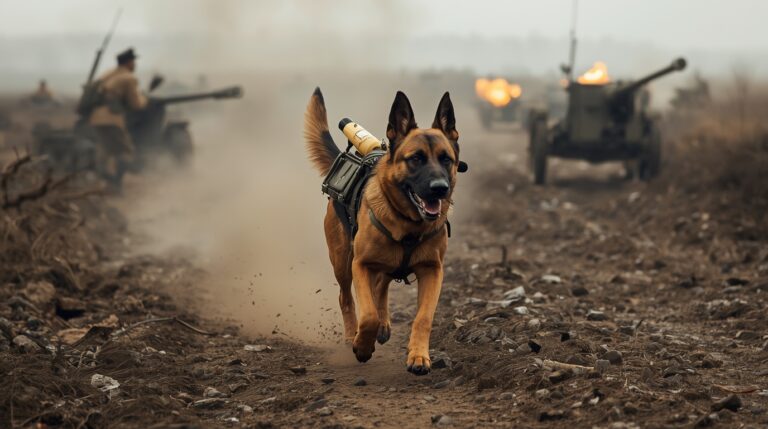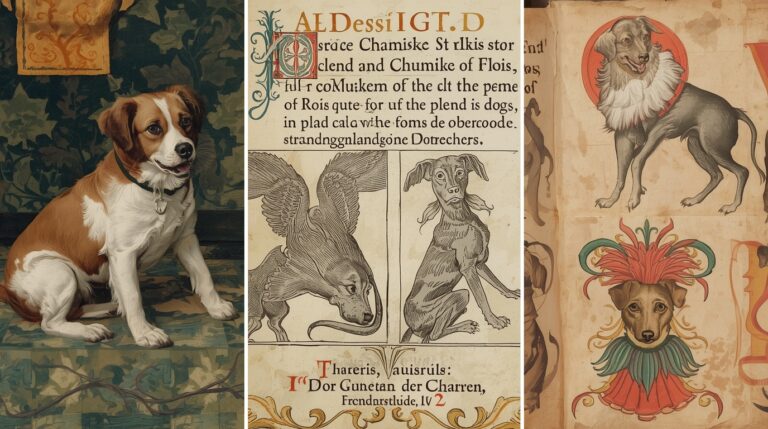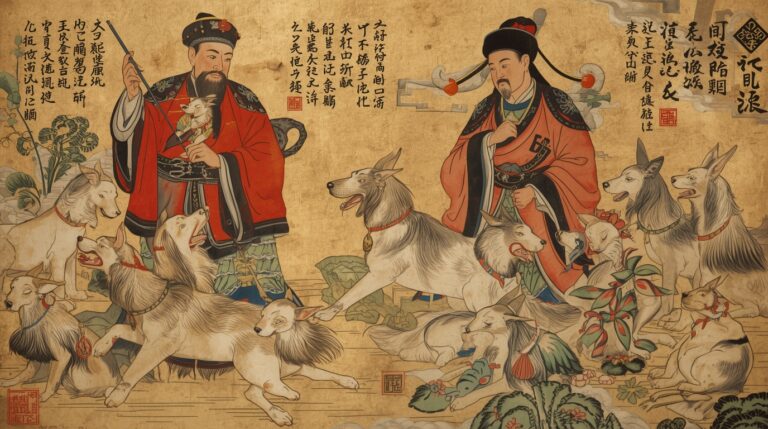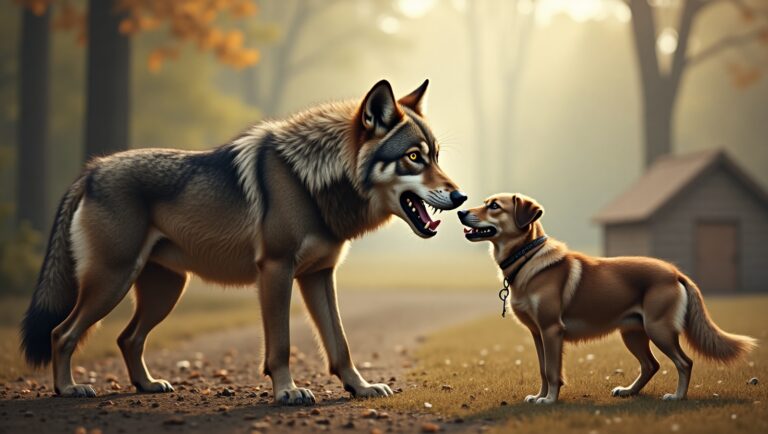Cultural Representation of Dogs Through History
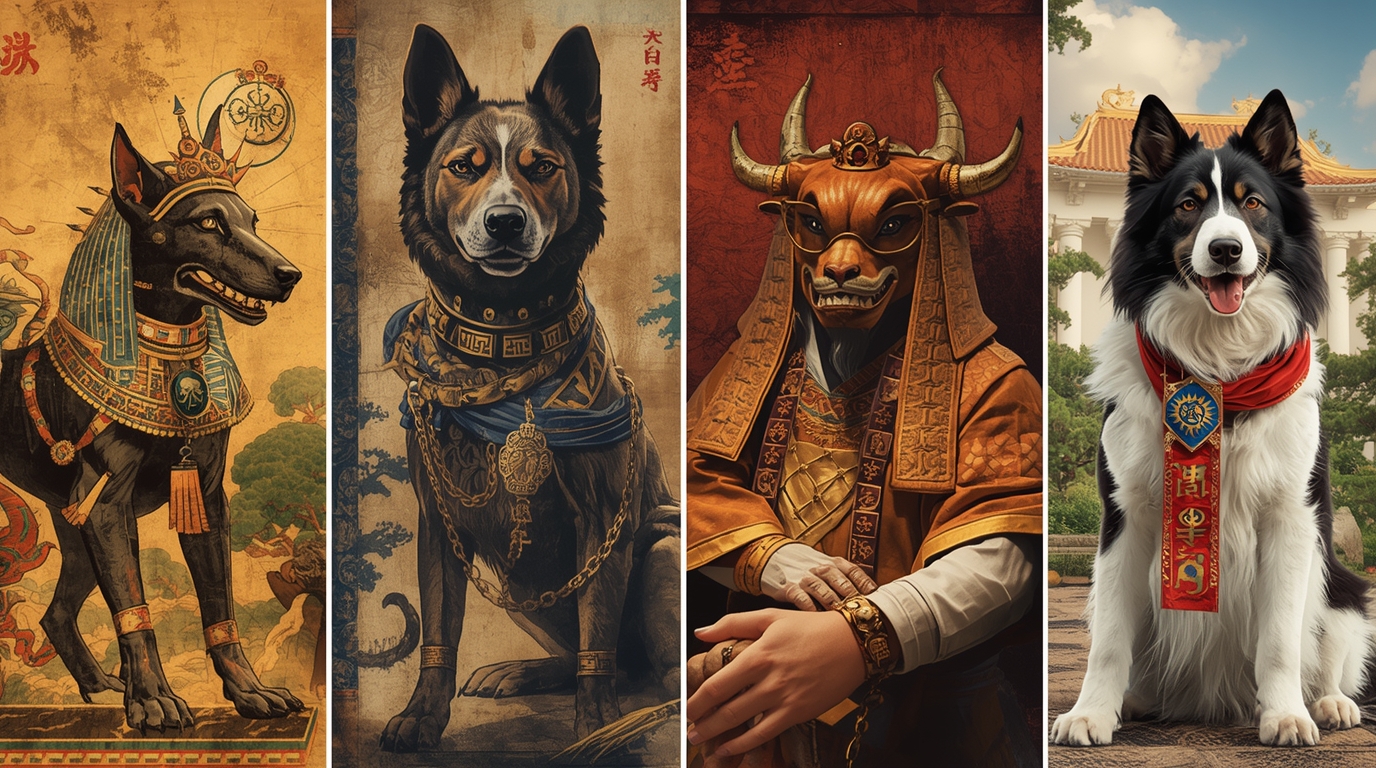
Introduction: Man’s Oldest Cultural Companion
Dogs have accompanied humanity for tens of thousands of years—not only as working animals or companions, but as symbols of protection, loyalty, and divine power. Across civilizations and time periods, the cultural representation of dogs has evolved from sacred guardians to heroic legends, appearing in everything from mythology, religious texts, and folklore, to art, literature, and modern media. This article explores how different societies and eras have understood and portrayed dogs, revealing the depth of the canine archetype in human storytelling.
Dogs in Prehistoric and Tribal Societies
The earliest known images of dogs appear in cave art, particularly in Saudi Arabia and France, dating back over 8,000 years. These depictions show dogs assisting in hunting, already cementing their role as partners in survival.
In tribal and animistic traditions, dogs were often seen as spiritual intermediaries. Many shamanistic cultures, such as those in Siberia or early Native America, believed dogs could cross into the spirit realm, helping shamans communicate with ancestors or deities.
Dogs in Ancient Egyptian Culture
In ancient Egypt, dogs were associated with the afterlife and divine judgment. The most iconic figure is Anubis, the jackal-headed god of mummification and the underworld.
- Dogs were buried with humans to accompany them into the next life.
- Tomb art frequently featured hunting and guardian dogs, signaling both practical and spiritual utility.
Dogs symbolized protection, purification, and divine companionship in the land of the pharaohs.
Dogs in Greek and Roman Mythology
In Greek mythology, dogs often served as guardians or protectors of the underworld.
- Cerberus, the three-headed dog of Hades, prevented souls from escaping.
- Hecate, goddess of magic and the night, was frequently accompanied by hounds.
In Roman culture, dogs symbolized fidelity and household security. Mosaics in Pompeii famously depict dogs with the inscription “Cave Canem” (Beware of the Dog), demonstrating their protective role even in urban settings.
Dogs in Ancient Chinese Culture
China’s cultural reverence for dogs is embedded in both mythology and astrology.
- In the Chinese Zodiac, the dog represents loyalty, integrity, and justice.
- The myth of Tiangou, the celestial dog that devours the moon during an eclipse, demonstrates dogs’ connection to cosmic events.
Dogs also feature in protective charms, and in rural areas, statues or paintings of dogs guard entrances against evil spirits.
Dogs in Indian and Hindu Beliefs
In Hinduism, dogs are both guardians and divine vehicles.
- Bhairava, a fierce form of Shiva, is accompanied by a black dog.
- On Bhairava Ashtami, it is considered auspicious to feed stray dogs.
Dogs are also present in village folklore, sometimes associated with rebirth, warnings, or ancestral spirits.
Dogs in Japanese Shinto and Folklore
In Japanese culture, dogs are often linked to spirits, curses, and protection.
- The Inugami (dog spirit) is a supernatural entity used in folk magic, believed to protect or curse depending on its invocation.
- Komainu, lion-dog statues, are stationed at the entrances of Shinto shrines to guard against evil spirits.
Dogs symbolize loyalty, but also spiritual volatility, balancing protection with potential danger.
Dogs in Celtic and Druidic Tradition
In Celtic mythology, dogs were associated with warriors, hunters, and the Otherworld.
- Legendary hero Cú Chulainn was named after killing a watchdog and taking its place.
- Dogs appeared in funerary contexts, signifying protection in the afterlife.
The Celtic hound symbolized bravery, protection, and fierce loyalty in both battle and myth.
Dogs in Native American Lore
Dogs played a crucial role in Native American culture, often predating the arrival of horses.
- In Plains tribes, dogs pulled travois and were treated with great respect.
- Dogs were spiritual guides in vision quests and served as totemic animals for some tribes.
In some myths, dogs escorted souls to the afterlife, reinforcing their status as psychopomps—creatures guiding spirits between worlds.
Dogs in Islamic and Middle Eastern Culture
In Islamic tradition, dogs are viewed with ambivalence.
- Some hadiths regard dogs as impure, yet dogs are allowed for guarding and hunting.
- The story of the Seven Sleepers includes a dog who stood guard at the cave for 300 years, symbolizing loyalty and divine protection.
In Persian literature, dogs often appear in moral allegories, symbolizing modesty or steadfastness.
Dogs in Christianity
While dogs are rarely prominent in the Bible, Christian lore includes stories of loyal dogs and saints.
- St. Roch is often depicted with a dog who licks his wounds and brings him bread.
- Dogs were seen as symbols of faithfulness in medieval sermons and art.
Christian allegory often uses dogs to represent devotion, obedience, and vigilance.
Dogs in Medieval European Society
In the medieval period, dogs were associated with nobility and chivalry.
- Hunting dogs featured prominently in tapestries and illuminated manuscripts.
- In heraldry, dogs symbolized courage, honor, and protection.
Monasteries sometimes kept dogs to guard relics and discipline intruders, while lap dogs were signs of aristocratic leisure.
Dogs During the Renaissance
Artists during the Renaissance used dogs in paintings to represent fidelity and domestic harmony.
- In Van Eyck’s Arnolfini Portrait, a small dog sits between the couple, symbolizing marital faithfulness.
- Dogs often appear in religious and allegorical art, signaling loyalty to God or spiritual purity.
As humanism grew, dogs began to be portrayed as individual personalities, reflecting changing attitudes toward animals.
Dogs in Enlightenment and Romanticism
During the 18th and 19th centuries, dogs transitioned into sentimental symbols.
- Romantic poets like Wordsworth and Byron eulogized their dogs in verse.
- Dogs in art and literature came to represent pure love, mourning, and devotion.
This shift reflected a growing emphasis on personal relationships and emotional bonds with animals.
Dogs in 19th Century Literature and Popular Culture
Dogs featured heavily in Victorian morality tales and children’s books.
- Charles Dickens often included dogs as mirrors of human suffering.
- Old Yeller, Lassie, and Bambi’s dog-like companions emerged as symbols of sacrifice and loyalty.
In this era, dogs were romanticized as symbols of the ideal companion—brave, loyal, and selfless.
Dogs in War-Time Propaganda and National Identity
During both World Wars, dogs became national heroes and symbols of unity.
- Sergeant Stubby, Smoky, and Chips were celebrated in posters and newsreels.
- Dogs were used to promote loyalty, courage, and sacrifice on the home front.
They symbolized the ideal soldier’s companion—vigilant, courageous, and endlessly loyal.
Dogs in Film and Television
From Rin Tin Tin to Lassie and Beethoven, film has played a major role in shaping modern dog archetypes.
- Dogs in media are often cast as problem-solvers, protectors, or emotional anchors.
- Animated films like Lady and the Tramp or 101 Dalmatians anthropomorphize dogs to reflect human emotions and values.
These representations continue to influence children’s perceptions of dogs and pet ownership.
Dogs in Modern Religion and Spirituality
In New Age spirituality, dogs are often regarded as spirit animals, guides, or even reincarnated souls.
- Tibetan Buddhism includes beliefs about karmic rebirth into or from dog forms.
- Dogs appear in pet memorial rituals, and even animal blessing ceremonies in churches.
Modern spirituality increasingly acknowledges the emotional and energetic connection between humans and dogs.
Dogs in Contemporary Art and Media
Contemporary artists and digital creators use dogs to comment on society, loyalty, and consumer culture.
- Street artists like Banksy and Kaws use dog figures to satirize authority or evoke empathy.
- On social media, viral dogs become symbols of positivity, authenticity, or inspiration.
Digital platforms have turned dogs into icons of human values, from resilience to humor.
Dogs in Global Folklore: A Comparative Analysis
Despite geographic differences, dogs share consistent symbolic roles across cultures:
| Theme | Cultures |
| Loyalty | Japan (Hachikō), Scotland (Greyfriars Bobby), U.S. (Fido, Balto) |
| Guardianship | Egypt (Anubis), China (Komainu), Greece (Cerberus) |
| Spiritual Role | Native America, Hinduism, Shinto, Celtic traditions |
| Sacrifice | Soviet Union (Laika), WWII propaganda, mythological tales |
These similarities suggest dogs act as a universal vessel for projecting idealized human traits.
Dogs as National and Cultural Icons
Certain dogs transcend their stories to become symbols of nations or cultures:
- Hachikō symbolizes loyalty in Japan.
- Greyfriars Bobby is a cultural touchstone in Scotland.
- Laika became a Soviet space martyr.
- Balto is seen as a hero in American frontier history.
These dogs have statues, films, and books that cement their legacy as cultural ambassadors.
The Evolution of the Dog Archetype
Over millennia, dogs have evolved from spiritual entities and mythic symbols to family members and mental health allies.
- Once depicted as gods or guardians, they are now often viewed as emotional support animals.
- Their cultural image reflects humanity’s evolving ideas about trust, companionship, and the soul.
This archetype evolution underscores dogs’ adaptability in mythic, social, and emotional roles.
Conclusion: Dogs as Mirrors of Humanity
Dogs are more than animals in our stories—they are mirrors of our hopes, fears, and values. From mythology to modern media, their representation has consistently reflected what societies hold dear: loyalty, protection, sacrifice, and love. As human cultures continue to evolve, so too will the stories we tell about our canine companions, ensuring their place in history for centuries to come


